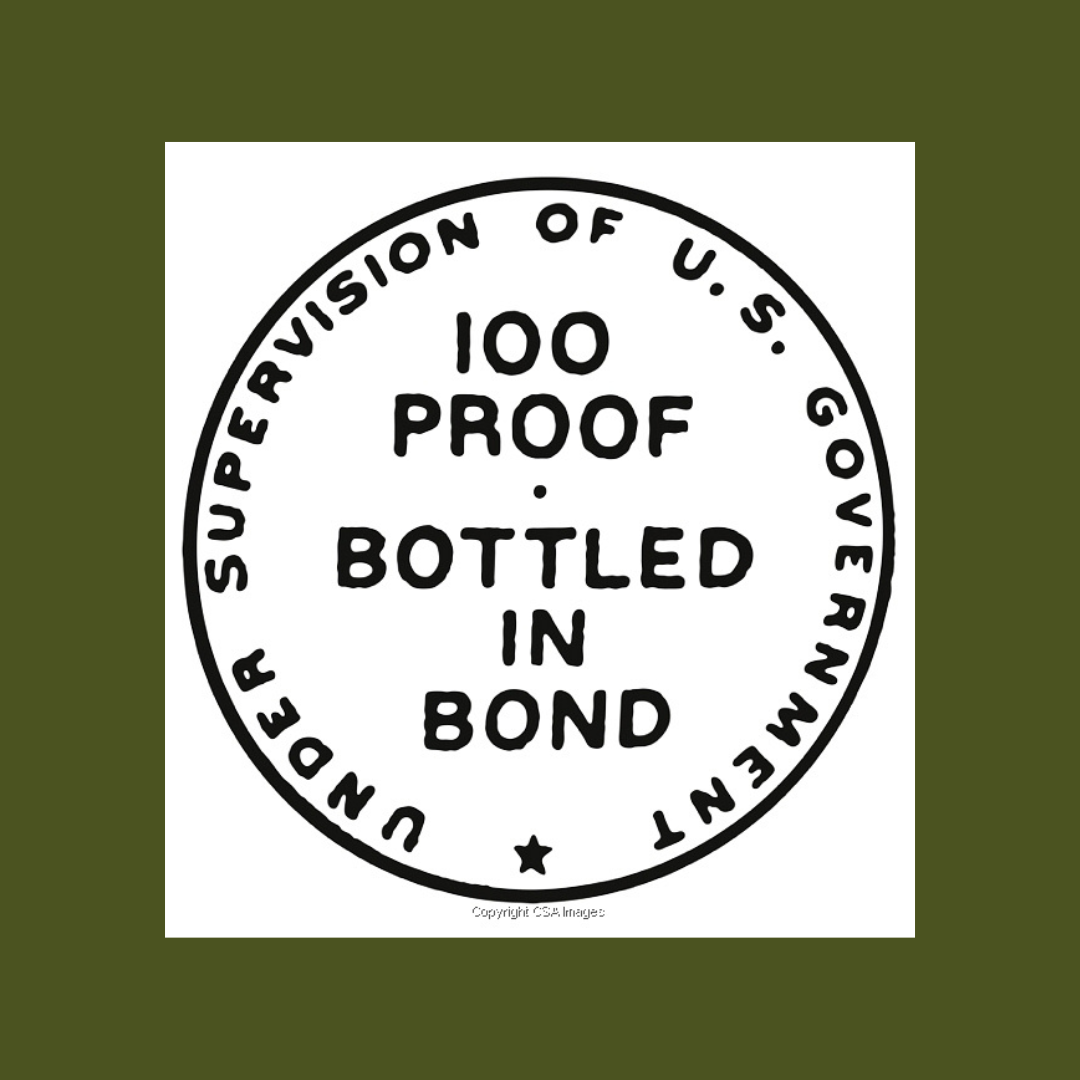What Does Bottled in Bond Mean?

If you’ve picked up a bottle of whiskey and wondered what all those words on the label meant? Well, today we’re looking into one that might sound a bit old-timey: “Bottled-in-Bond.” Don’t let the name scare you off – it’s actually a pretty good piece of history that tells you a lot about the whiskey in that bottle.
Think back to the late 1800s. It was post-Civil War. The Wild West was still kicking around, and frankly, so was some pretty wild whiskey. There weren’t a lot of rules about what could go into a bottle labeled “whiskey.” Shady characters would mix in all sorts of nasty stuff – think things you wouldn’t want to drink – just to make more of it and make a quick buck. It was a bit of a free-for-all, and for the average Joe or Jane, buying a bottle of whiskey was a gamble. You had no real way of knowing if you were getting the real deal or some questionable concoction. Folks died from being on the wrong end of a bad bottle. Many more got sick.
This is where the Bottled-in-Bond Act of March 3, 1897, comes into the picture. You read that right – way back then, the government stepped in to protect consumers. In fact, this was one of the earliest Consumer Protection Acts. It might not sound as exciting as the latest tech gadget, but this law was a big deal for folks in this era who enjoyed a good drink.
So, what exactly does “Bottled-in-Bond” mean? It’s like a seal of approval, a guarantee that the whiskey inside meets some pretty strict standards. Think of it as one of the first “you are what you buy” laws.
Here’s the lowdown:
- Made in One Distillery in One Season: This means the whole batch of whiskey came from the same place and was distilled during the same six-month period (either January to June or July to December). No mixing and matching of different whiskeys here!
- Aged in a Federally Bonded Warehouse for at Least Four Years: This is where the “bonded” part comes in. The government kept a close eye on these warehouses, ensuring the whiskey aged properly for a minimum of four years. This aging process is crucial for developing the flavor and character we expect in quality whiskey.
- Bottled at 100 Proof (50% Alcohol by Volume): This is a specific strength, and it guarantees you’re getting a robust and full-flavored whiskey. No watering down allowed!
- The Label Must Identify the Distillery Where it Was Made and, if different, where it was Bottled: This adds another layer of transparency, letting you know exactly where your whiskey came from.
Why was this law so important? Well, it did a few key things:
- It Built Trust: Finally, consumers had a way to be sure they were buying genuine, quality whiskey. That little “Bottled-in-Bond” stamp meant something. This eliminated the chance you had a bad bottle.
- It Raised Standards: By setting clear rules, the Act pushed distillers to produce better whiskey. No more shortcuts or dodgy ingredients!
- It Protected the Industry: Honest distillers who were making good whiskey were being undercut by the folks selling the fake stuff. The Bottled-in-Bond Act helped level the playing field.
So, the next time you see a bottle proudly displaying “Bottled-in-Bond,” take a moment to appreciate its history. It’s more than just a label – it’s a reminder of a time when consumers needed protection and a testament to the power of good regulations. It’s a little piece of whiskey history in every sip, guaranteeing you’re getting a genuine taste of American tradition.

Leave a Reply
Become an insider and receive weekly advice, tips, and insight on all things whiskey
.
Weekly tips, reviews and recommendations to help you enjoy whiskey life to the fullest.
JOIN THE LIST
Sippin' With Jordan Davis
sippin' with the stars
Million Dollar Cowboy Bar WY
old fashioned aF
5 Steps To Sip and Savor Whiskey
whiskey 101
COMMENTS